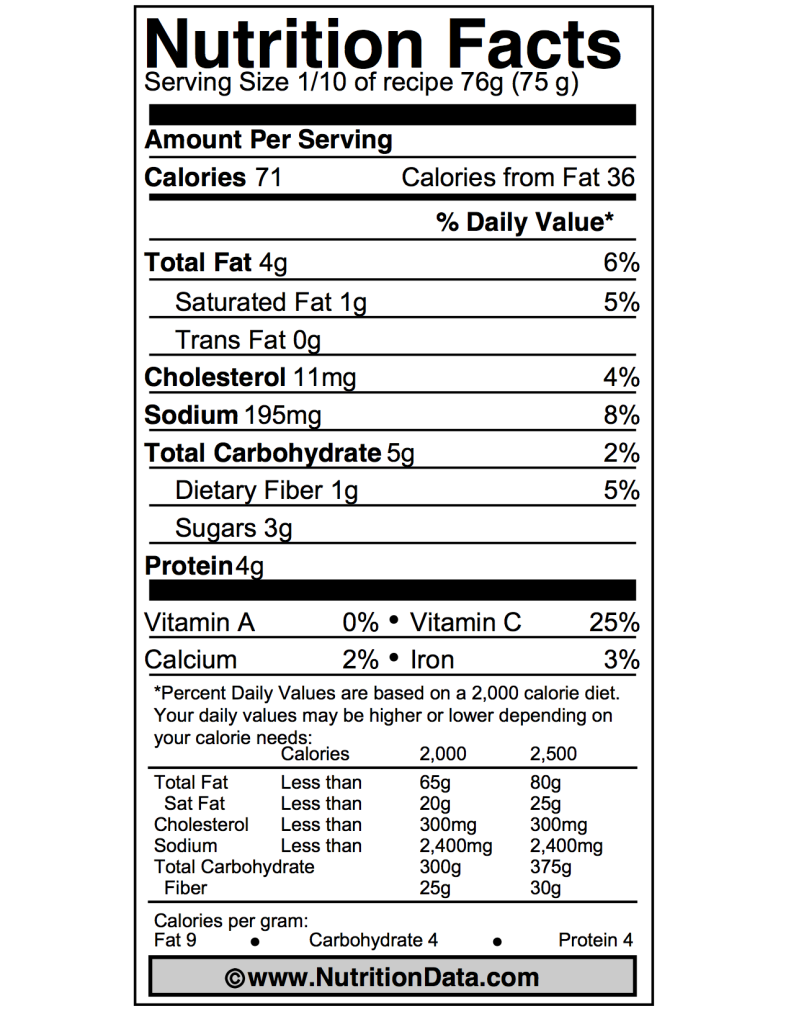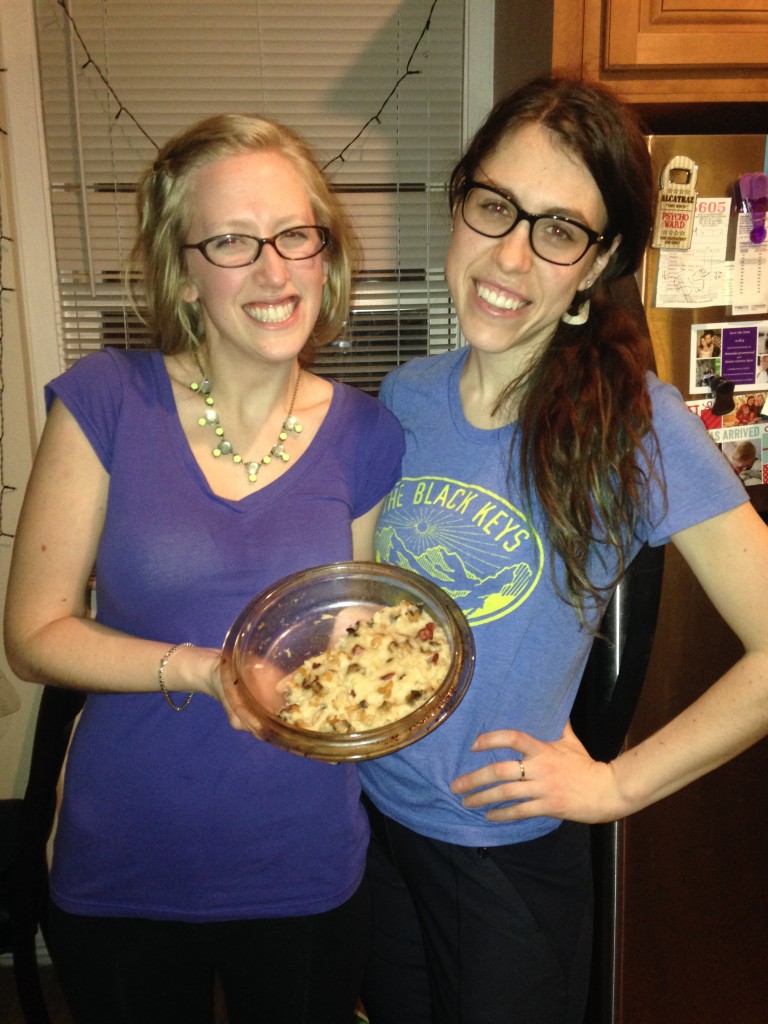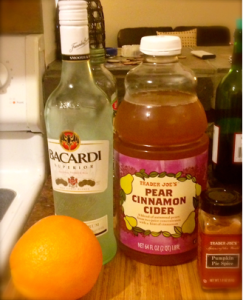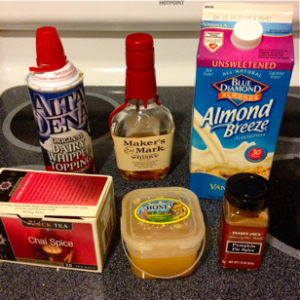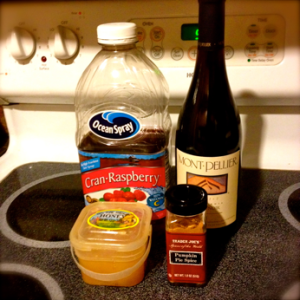My friends and I are entering the period of our lives where we have spaces with significant others, few to no roommates, and the horrible decision of owning a dining table for more than three people and a pile of books. Dinner for two or four isn’t such a big hassle, but when everyone wants to come over, eat, drink, and play games it can start to get out of hand.
The Guests
How many of your friends can you comfortably seat? Whether it’s around your dining table or apartment, it’s better to be able to provide a chair so that everyone can eat at the same time. Are these people who will get along? Will they hover in the kitchen? Consider who makes a great guest for eating—they’re not always the same people you want to have over for drinks or dancing. Keep the number of guests reasonable for noise too. It can be hard to yell over people, and too many people can make that a challenge. Start small!
The Table
Put all your leaves in. Adding the extra space in later for plates, napkins, glasses, platters of food, finished plates, and assorted elbows will be a godsend when you’re in the middle of cooking and entertaining. My boyfriend and I like placemats, as they’re easy to clean (throw them in the wash with your clothes), and they give a visual space for where everyone should sit and put all their eating crap. Set out dishes in advance too, along with flatware and glasses. It’s nice to not have to scramble for everything at the last second, or have to direct guests where to get their utensils and plates while you’re finishing up the meal. I like to not assign seats, because two of your guests might be having a great conversation that you would’ve never considered, and now they want to talk all night about it (but no one else does).
The Food
What’s easy for you to make? Can you do a lot of it? Sometimes I get into the trap of thinking that Dish A would go really well with Dish B, with a side of Dish C. But all of these plates are hard work or require recipes I’ve never really done before—and when everyone is waiting for their food, scrambling to make sure that your food is edible (and hopefully tasty) is probably the worst thing to worry about. So, keep it small and easy! I’m guilty of generally not following this on a day-to-day basis: I like to look up recipes that sound delicious, try to make it for a few people, and fail miserably. When I’m going to entertain, I definitely try to keep it simple.
Start with an appetizer that takes a very little preparation, maybe something you can do in the morning or the night before. Salads are an easy choice: throw some mixed greens with a relatively neutral dressing or even serve the dressing on the side. Add tomatoes, fresh fruit slices, or nuts to add texture to the salad. Alternatively, soups are easy to make earlier in the day or the night before. Just bring it up to simmer and serve hot with some fresh bread. If either of these is too much work, you can always settle with a cheese platter—put some bricks of cheese on a wooden cutting board with some knives and crackers, maybe a few slices of cured meats. Personally, I like crostini types of snacks. Get a nice baguette and slice it into thin rounds. Brush with olive oil or butter and toast in your oven until crispy. Top with a bit of cheese, or meat, or a spread of your choice. A bit of smoked salmon, herb cream cheese, and a sprinkle of chives makes it perfect for me.
As for the entree, what’s good for everyone? Ignoring dietary restrictions, fish and chicken are pretty easy to just throw in the oven, pull it out, and serve when it’s time. I like to go with a recipe that’s pretty heavy on the aromatics, but it’s not for everyone! To me, lots of garlic, onions, and herbs help to make a kitchen feel homey, and there’s nothing quite like opening the oven door and hearing everyone groan with anticipation. For a bit more of an active cooking experience, you can always grill or pan-fry your main course—this is more along the lines of what I generally do. Sear some steaks in a pan or a grill and top it with butter, or work to build a more nuanced dish like chicken marsala (a personal favorite). Either way, I’d aim to do about one large serving per person, with extras for the folks you know who like to have extras (mostly me), and you’re set!
But wait! Side dishes? Make them in advance if you can. Or have them be as very little maintenance if possible. Salads if you didn’t have one for an appetizer are great here, as are various potato preparations: mashed, baked, and gratin are fantastic ways to serve a side starch. If your entree is pretty heavy, keep your side relatively light! And vice versa. You want everyone to have room for dessert, of course.
After everyone’s done with their main course and has been settled for a bit, I like to bring out dessert. Unless you’re into baking and pastries, I’d definitely grab a cake or a few pastries from your favorite bakery. It’s a lot of work to make your own desserts, and the precision can be taxing when you consider that you’ve made so many other things for this party (even if you didn’t do it all yourself). Something easy to cut like a pie or a cake works well for dessert, especially if it highlights seasonal fruit. Ice cream and coffee are also fantastic and absurdly simple. Carve out a couple scoops and serve with a small cup of joe.
The Drinks
While we’re talking about beverages, what do you serve for the rest of the dinner? It really depends on your crowd and your personal tastes. We have a stocked wine rack and a decent amount of hard liquor, so it’s easy for our guests to have whatever they’re feeling like imbibing.
I’m a bit of a wine snob (I’m sorry), and it’s nice to have a general progression of lighter wines to bolder ones as the meal goes on. A rosé is a good halfway point for avid white and red wine drinkers, and generally fits nicely for an appetizer into a main course. Aiming for bold reds through the entrée typically works best, unless you’re serving white-fleshed fish or lighter chicken preparations.
This being said, serve whatever wine you think tastes best! It’s the expectation that you serve white wine with fish and chicken, but no one is stopping you from having lovely glass of gewürztraminer with a steak or a fantastic glass of pinot noir with halibut.
If your guests are into cocktails or straight liquor, it’s nice to have some glasses available and some ice on hand for said drinks. I urge guests to keep it simple. We’re not in a bar, and I won’t have slices of lemon, lime, or orange, or mint or basil leaves on hand just because you want a specific cocktail. I generally assume that if someone is drinking a specific boozy drink, they’ll be drinking it all night. I treat beer the same way: have a small selection of beers you know people like, and if they’re drinking it, odds are that they’ll drink it all night.
It’s also great to have some non-alcoholic, non-water drinks on hand for designated drivers, guests with allergies, or generally otherwise opposed to liquor. Sparkling juices and seltzers can be nice alternatives to soft drinks, and they’re tasty too. Water should also be readily available, for cleansing the palate and sating thirst (I keep a Brita in the fridge for this purpose).
Whatever Comes After…
Is whatever you want! Some dinner parties end with the end of dessert, and others go on to play games, watch TV or movies, and whatever else you and your friends do. It’s probably better to avoid any strenuous activities right after all that food, though. I personally insist on cleaning up after myself—my guests are just that, guests. But if they’re insistent and you’re tired, might as well take advantage of the free labor!
Don’t stress out (unless you like it), and try to have fun! Your guests will have a good time if you are, and it’s not worth it to go crazy over a night of cooking (and drinking). You can always clean up tomorrow, eat the leftovers and relax after everyone’s gone. Good luck!

Photo by Meaghan Morrison








